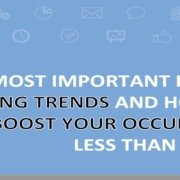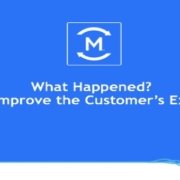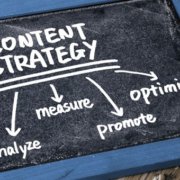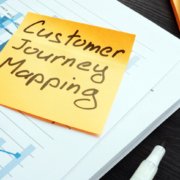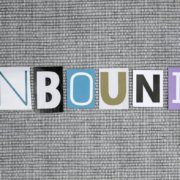Marketers in the senior living space face a challenge: They often can’t tie their marketing spend directly to its impact on their organization’s bottom line. The thin amount of data they receive shows their online campaigns are generating calls. But how many are from actual prospects? And how many calls are being properly serviced? This is where call analytics can help.
Baseline data—the number of clicks, calls, or visits—isn’t enough to run a thoroughly optimized campaign. Worse, baseline data can be misleading and costly. Senior living marketers need to identify, understand, and, perhaps most importantly, communicate to company stakeholders how their campaigns support the company’s bottom line.
Not All Call Analytics are Created Equal
Basic conversion analytics, such as click-through rates, form fills, email response rates, and call duration, may not tell the whole story. For example, when you run a Google Ads campaign, you’ll know exactly how many calls you received from the ads. What you won’t know is why the calls were made.
Take this real-world example, which illustrates our point: When family members want to reach a resident at a senior living property, they typically search online for the property name. Often, a paid search or display ad renders first. So, the searcher clicks to call the facility. In short, the ad did its job and delivered a call; it’s just not a new customer call as intended.
How prevalent is this? One Marchex senior living client found that over 20 percent of their paid search budget was consumed this way. In other words, one out of every five calls was from residents’ extended families. The calls were not driving new business, as intended. At a few bucks a click, this wasted spend can add up quickly and consume a budget.
Another contributing factor in wasted ad spend can come from inside the residence. A Marchex property management client found that 40 percent of their $100,000 monthly budget went to residents calling for maintenance. Call analytics helped the client improve their bid strategy, resulting in thousands of calls that actually drove new leases.
Call Analytics Help Align Marketing, Sales, and Operations
Adding call analytics into a senior living company’s marketing mix also delivers benefits to sales and operations. Marchex solutions facilitate reporting by surfacing call data by individual location. Once operations has visibility across multiple locations, they can identify opportunities to fix breakage in the customer journey, enable targeted agent training, and address other operational improvements.
Sales can gain insights into how agents perform. For instance, they can determine how closely agents follow sales scripts. Or they can learn how agents respond to callers (or whether they answer the phone at all). In fact, Marchex analyzed millions of senior living industry calls over a twelve-month period and found that 23 percent of calls to senior living companies go unanswered.
Finally, call analytics deliver insights that help marketers take an active leadership role in the company. With call analytics, you can prove value more effectively than basic analytics and help justify marketing and ad budgets. You can also provide value to operations and sales. Best of all, at the next annual budget meeting, you’ll able to offer data-driven results that demonstrate how your marketing is positively impacting the bottom line.
To learn how your marketing, sales, and operations can benefit from call analytics, download our one-sheet for senior living marketers and Call Conversation datasheet →
Marchex is the leading provider of end-to-end call analytics solutions, with the deepest and broadest set of applications for mid-market and enterprise businesses on the market today. The best customers are those who call your business. Marchex helps you understand who called and why, so you can turn more of these callers into customers. Learn more →
NEED HELP TRYING NEW IDEAS? WE’RE THE APP FOR THAT! 🙂
Seriously, we’ve been in your shoes, and we can help. We keep our eyes on the latest and greatest technology, including call analytics, and get a sense of if and how it could work for the senior living industry before we recommend it to our clients. Get in touch and let’s talk about how we can help.

